(1252 products available)
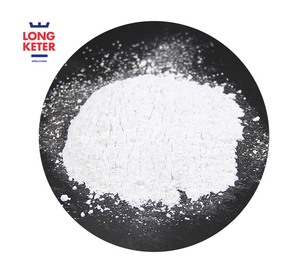


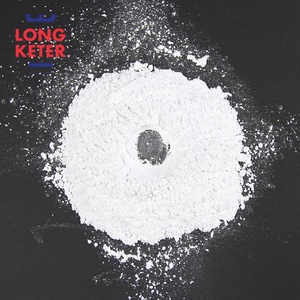
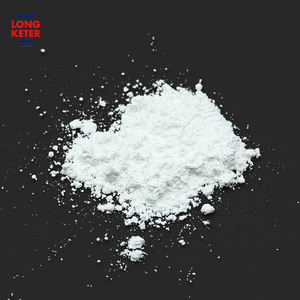

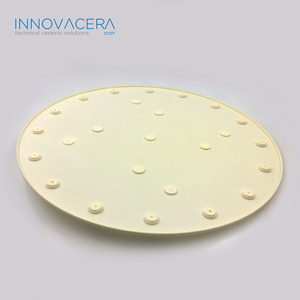









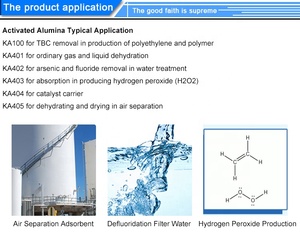





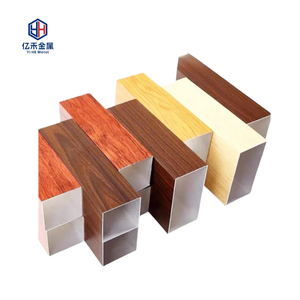
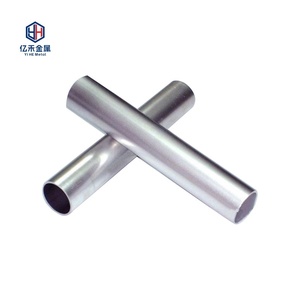




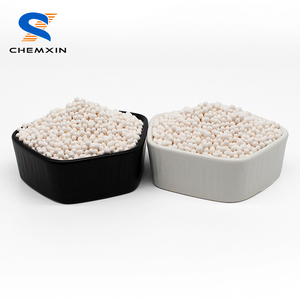












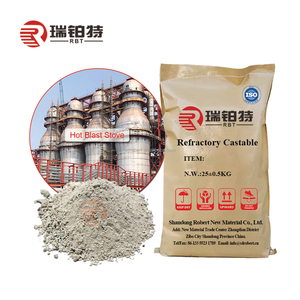


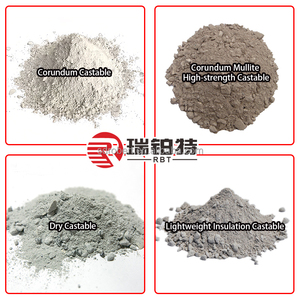
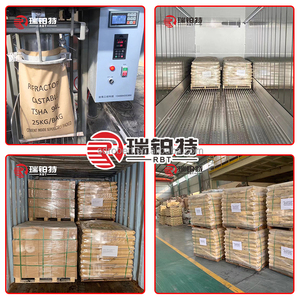


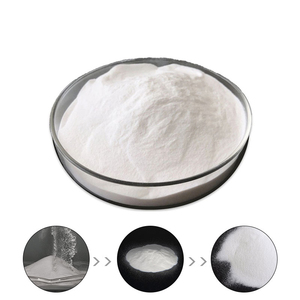


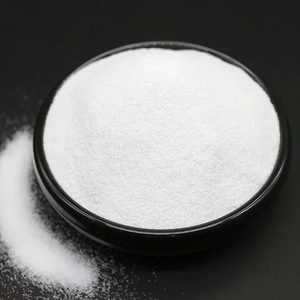
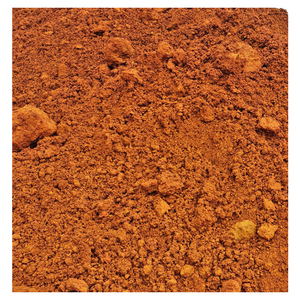

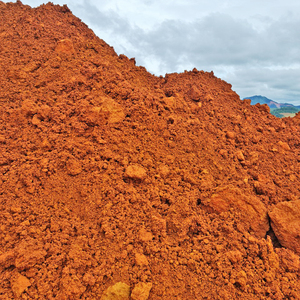




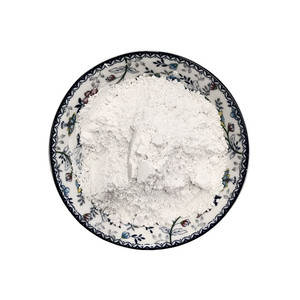



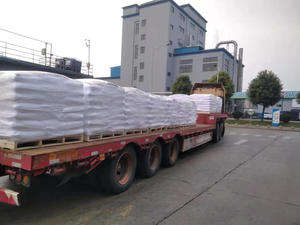
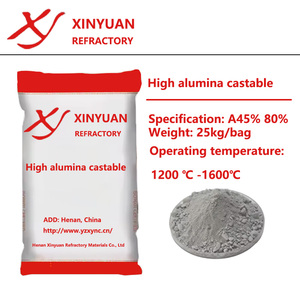



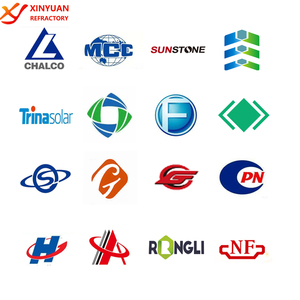

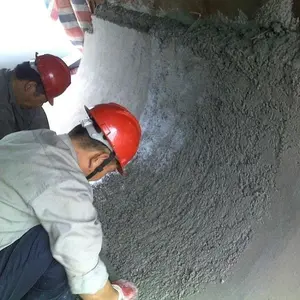



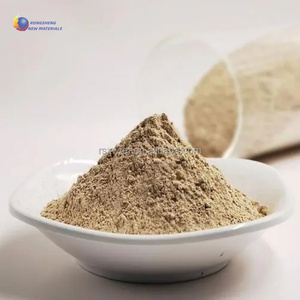

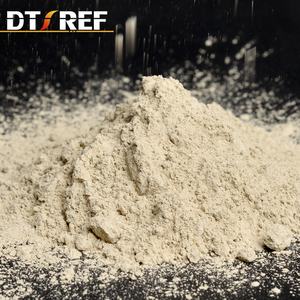


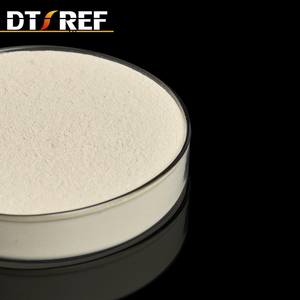



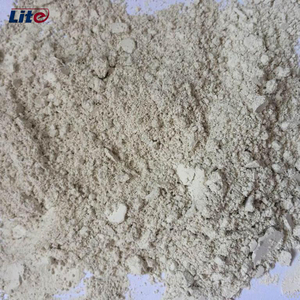
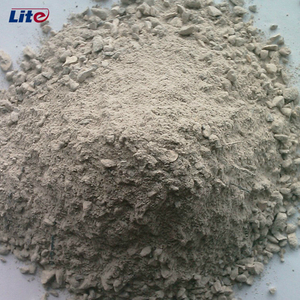



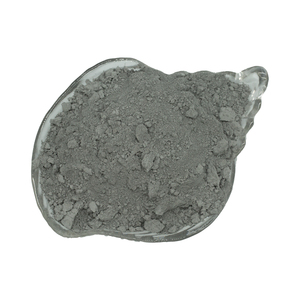
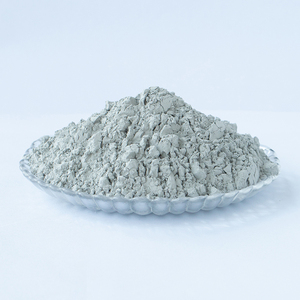

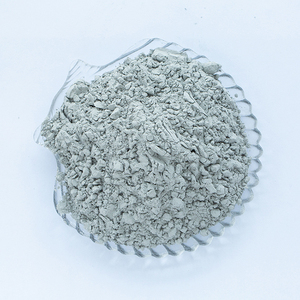



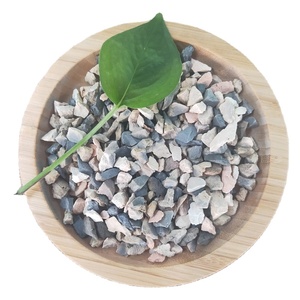
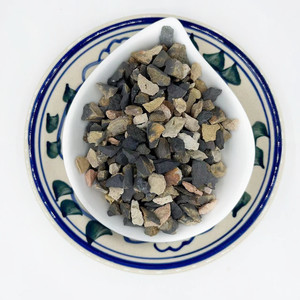



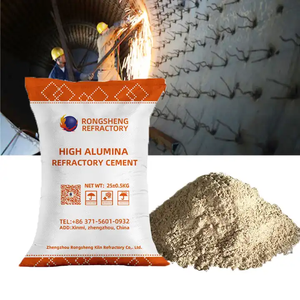

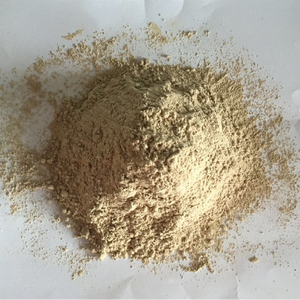





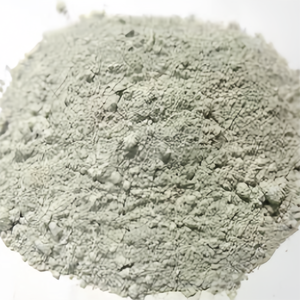














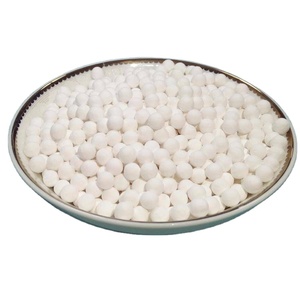


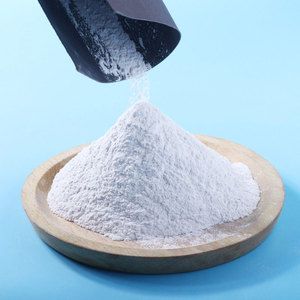

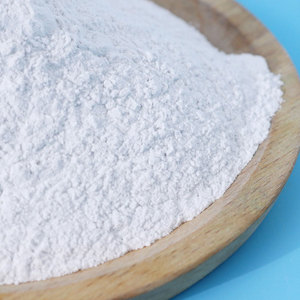

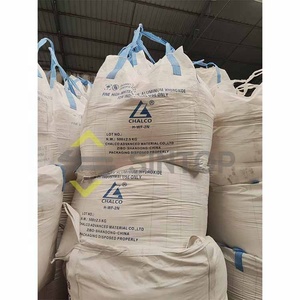
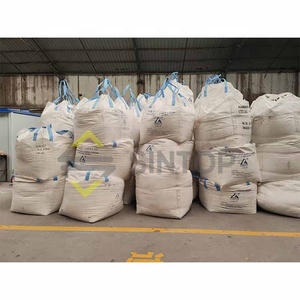



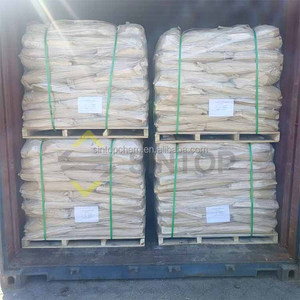

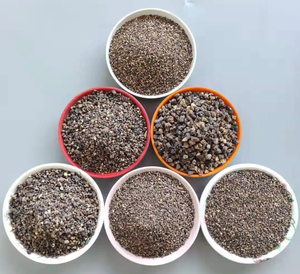
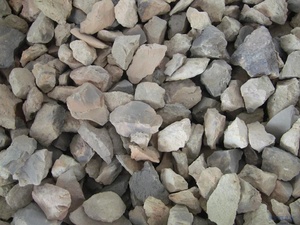

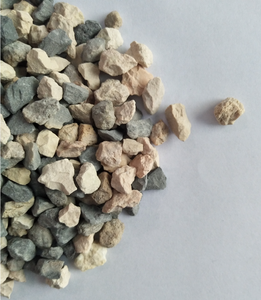

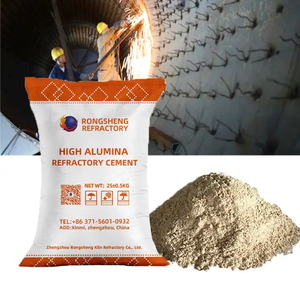
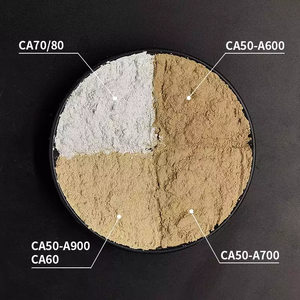
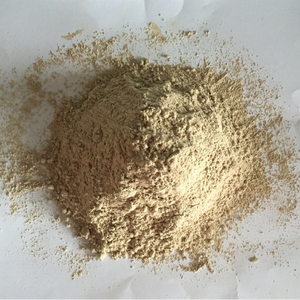


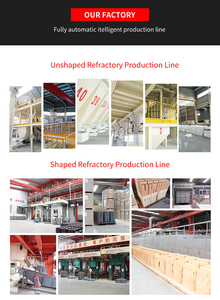







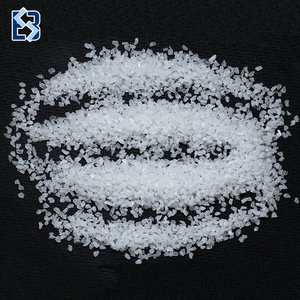




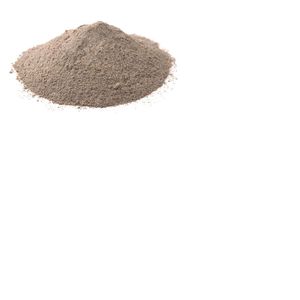



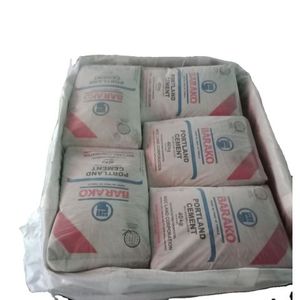

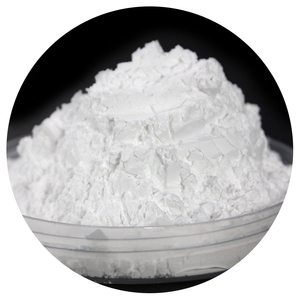
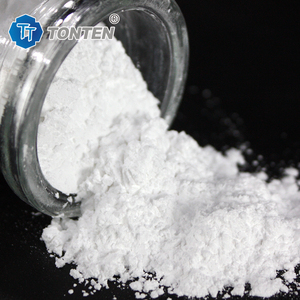

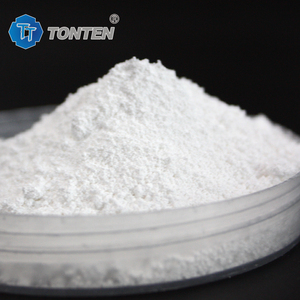

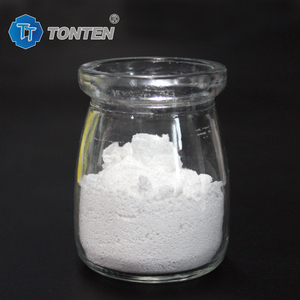











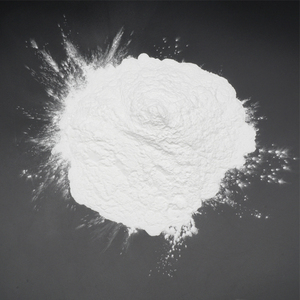









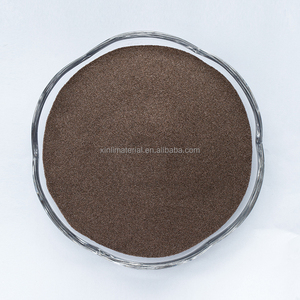

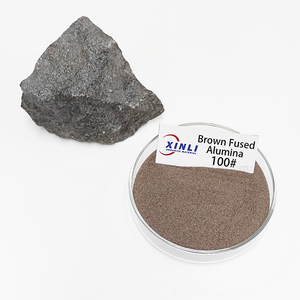

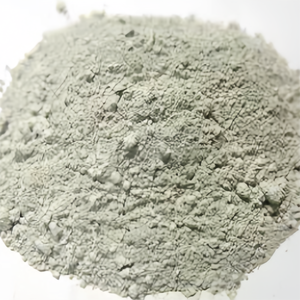

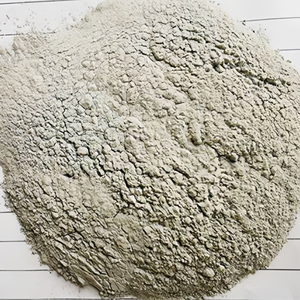










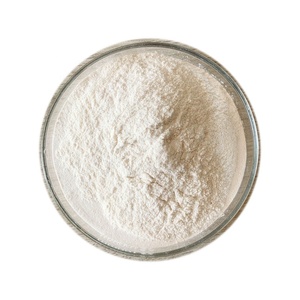



Alumina, also known as aluminum oxide, crystallizes in several forms. These are distinguished by their structural arrangements. The most prevalent type is corundum, which is the basis for various other forms, including the following five types:
α-Alumina
It represents the most stable and abundant form of alumina. This type is obtained through the calcination of bauxite at high temperatures. Due to its strength, hardness, and chemical inertness, it is extensively used in manufacturing rubies, sapphires, and ceramic materials.
β-Alumina
It is a metastable form that occurs at lower temperatures during the calcination process. Commonly, it is mixed with sodium ions to form a solid electrolyte in certain types of batteries. These include sodium-sulfur batteries, which help the batteries conduct electricity.
γ-Alumina
This is the transitional form of alumina before it converts into α-alumina. Normally, it is produced by heating hydrates of alumina to around 500–600°C. G γ-alumina is mainly used as an adsorbent in chromatography and as a catalyst or catalyst support in petrochemical processes.
δ-Alumina
This comes about when alumina is thermally treated between 1050°C and 1300°C. Often, it is used as a catalyst support due to its stability. In addition, it has properties that make it ideal in high-temperature applications. These include refractory materials that can withstand extreme heat without breaking down.
θ-Alumina
This form is less common and is believed to be a precursor to α-alumina in some cases. It can be produced by heating hydrates of alumina at temperatures below 1000°C. Also, it can be transformed into α-alumina through prolonged heat treatment. Alumina that contains the θ form is used in fine ceramics and as an abrasive.
Alumina, which is also called aluminum oxide, is a versatile and widely used chemical compound. Occasions when it is used include the production of aluminum metal, ceramics, abrasives, and chemical catalysts. Usually, it is made from bauxite ore, and the production process primarily involves two key methods:
It accounts for nearly 90% of global alumina production. This process was invented by Karl Bayer in 1887. At this stage, bauxite ore is crushed and then mixed with sodium hydroxide at high temperatures. This solution is used to extract aluminum hydroxide from the ore. After that, the mixture is then heated to remove impurities. The remaining liquid contains dissolved sodium aluminate.
The solid residue, known as red mud, contains undissolved iron oxide and other minerals. Later on, the solution cools and seeds are added. These seeds induce the formation of aluminum hydroxide crystals. Next, the crystals are precipitated from the solution through filtration and washing. The concentrated aluminum hydroxide is then obtained and contains around 30% to 50% of aluminum oxide.
To obtain alumina, the aluminum hydroxide is calcined. This involves heating the compound to around 1000–1100°C in a rotary kiln or fluidized bed furnace. This process removes water and converts it into alumina. Sometimes, impurities like silica and iron are also incorporated into alumina at this stage to decrease the risk of contamination.
The H iggs process, often referred to as the Klöckner process, is a less common method for producing alumina. Usually, it is employed when there is a need for alumina with high purity. Also, it is preferred when the available bauxite has low aluminum content. In this case, bauxite is fused with a mixture of lime and carbon at temperatures exceeding 1500°C in an electric arc furnace. Such high temperatures reduce the alumina to aluminum metal while forming calcium aluminate slag.
This calcium aluminate slag is then treated with acids to extract pure alumina. Although this method results in higher production costs, it is still preferred in some scenarios due to the purity of the alumina produced.
Bauxite Extraction
The main use of alumina is to derive aluminum metal. The majority of aluminum produced globally starts as alumina extracted from bauxite. The Hall-Heroult process, which electrolytically reduces alumina using molten cryolite, is the principal method of aluminum production. This process uses alumina as a key feedstock.
Refractories
Alumina is a common material used to manufacture refractory bricks and castables. These materials are able to withstand extreme temperatures and thermal shock. Because of this, they are vital in lining furnaces, kilns, incinerators, and reactors. This is especially in industries such as steel, cement, glass, and ceramics. This helps to protect equipment and maintain structural integrity during high-temperature operations.
Grinding Media and Abrasives
Alumina’s hardness makes it a valuable resource for producing grinding wheels, sandpapers, and other abrasive tools. Normally, they are used in metalworking, woodworking, and construction industries. In abrasive blasting, alumina granules are used to prepare surfaces by cleaning, smoothing, or etching them.
Engineering Ceramics
Alumina is used to make advanced ceramics. They include dental implants, artificial joints, and insulators in the electrical and mechanical fields. Alumina insulators find frequent use in electrical applications requiring high-temperature operation and electrical insulation. Some alumina ceramics are also valued in biomedical engineering due to biocompatibility and durability.
Chemical Catalysts
In the chemical industry, alumina is used as a catalyst and catalyst support in various reactions. For instance, it supports catalysts in the production of nitric acid, hydrogen, and syngas. Also, it enhances the activity and selectivity of those catalysts. γ-Alumina, in particular, is porous and has a large surface area. This makes it ideal as a support material in petroleum refining and other chemical processes.
Water Purification
Alumina’s porous structure and adsorption properties make it an effective material for water purification. Porous alumina can be used in filter membranes or packed columns to remove contaminants. These include heavy metals and organic pollutants. Its effectiveness in removing impurities makes it ideal for producing clean water and treating industrial wastewater.
Chemical Composition
Ideally, alumina is primarily composed of aluminum and oxygen. Usually, its chemical formula is Al₂O₃. In most cases, it contains traces of other elements such as iron, silicon, and titanium. However, it is highly dependent on the specific grade and application needed by the user.
Purity
Alumina, in most cases, comes in different purity levels. Regularly, they range from 90% to 99.5% Al₂O₃. Mostly, high-purity alumina is used in aerospace, electronics, and biomedical applications. Conversely, low-purity alumina is used in steelmaking and refractories.
Particle Size
Alumina is usually available in different particle size distributions. Commonly, they range from fine powders (0.5 to 10 microns) to larger grains (up to 500 microns or more). Alumina’s particle size significantly impacts its reactivity, hardness, and suitability for specific applications. These applications include abrasives, catalysts, and ceramics.
Mechanical Properties
Alumina is well-acknowledged for its strength and hardness. Usually, it comes with a Mohs hardness of 8 to 9. Moreover, it has a high compressive strength, which is about 400 MPa in some cases. This makes it ideal for heavy-duty applications. Additionally, alumina is highly wear-resistant and thus making it suitable for abrasive tools and industrial liners.
Preparation
The first step is to prepare the surface. For instance, when using alumina as an abrasive, one should begin by cleaning the surface that needs to be worked on. Remove any dirt, rust, or old paint. This will give a smooth finish. If using alumina for blasting, it is recommendable to clamp or secure the workpiece that needs to be blasted.
Safety Measures
Alumina, especially in powder form, can be harmful when inhaled. In addition, it can irritate the skin and eyes. That’s why it is important to put on the relevant protective wear. This includes gloves, goggles, and a dust mask or respirator. These protective wears help to shield a person from potential hazards that the powder may cause.
Application
The method of applying alumina largely depends on its intended purpose. For instance, After attaching alumina to a blasting device, users should aim the blasting nozzle at the workpiece at a 90-degree angle. Here, they should begin blasting by holding the nozzle close to the surface. Ideally, they should start with a light pass and then build up to a more intense blast.
On the other hand, for mixing alumina with epoxy, users are advised to add the recommended amount of alumina to their epoxy mixture. Ideally, one should refer to the product label for guidance. After that, alumina-epoxy mixtures should be applied to the desired area using a brush or spatula. This application should be done evenly and in a smooth manner.
Curing
Once the mixture has been applied, users are advised to follow the manufacturer’s instructions. Normally, they allow the mixture to cure fully before subjecting the area to any stress or load. This is to guarantee long-lasting durability.
Alumina, or aluminum oxide, is used in diverse ways across multiple industries. Some of the ways it is used include the following:
Alumina Ceramics
Apart from alumina’s high strength and hardness, it is preferred to make alumina ceramics. Usually, these ceramics are utilized in cutting tools, wear-resistant components, and biomedical implants. Often, the most commonly used type in this function is proprietary alumina. Usually, it contains around 95% to 99% Al₂O₃. Additionally, it has exceptional durability and resistance to abrasion.
Refractory Materials
Alumina is useful in producing refractory materials. Usually, they have the capacity to withstand extreme temperatures. This makes them a vital component in furnaces, kilns, and reactors. There, they offer insulation and protection. Also, high alumina fire bricks are mainly employed in lining furnaces in steel and cement manufacturing. These furnaces operate at elevated temperatures.
Abrasives
Alumina’s hardness makes it ideal for creating abrasive materials. These include sandpapers, grinding wheels, and blasting media. Regularly, alumina abrasives are preferred in metalworking, woodworking, and construction industries. Often, they help to cut, grind, and polish various materials as well as offering surface preparation.
Catalysts and Catalyst Supports
Usually, alumina is used as a support for catalysts in various chemical processes. They include petroleum refining and the production of chemicals like ammonia and nitric acid. In these cases, activated alumina and gamma alumina are regularly used. Often, they have a high surface area that enhances catalytic activity.
Water Treatment
Customarily, activated alumina is used to remove impurities from water. These impurities include fluoride, arsenic, and phosphorus. Its porous structure and adsorption properties make it an effective filtration medium. Commonly, it is used in both industrial wastewater treatment and drinking water purification systems.
Electrical Insulation
Alumina ceramics are valued for their excellent electrical insulation properties. Usually, they are used in insulators, electronic substrates, and components in electrical devices. Commonly, they include spark plugs and insulators in ignition systems. Besides, they handle high temperatures while maintaining their insulating properties.
Maintenance and repairs of objects that contain alumina largely depend on the kind of application it is being used for. Below is a breakdown of maintenance procedures for different objects that use alumina:
Alumina Ceramics
Products that contain alumina ceramics should be regularly cleaned using mild soap and water to remove debris. On the other hand, harsh chemicals and abrasive cleaners should be avoided. This is because they are capable of damaging the surface.
In case of fractures or chips in ceramic pieces, users are advised to use epoxy specifically designed for ceramics to bond the pieces together. However, a harsh breakage will require professional repair services.
Alumina Abrasives
To guarantee alumina blasting media lasts longer, it should be recycled and cleaned regularly. Usually, recycling equipment will help to separate spent materials from the media itself. Moreover, it will remove contaminants that may have been blasted onto it.
Occasionally, replace worn-out abrasives to maintain optimum blasting performance. Generally, this is heavily dependent on the volume of work treated.
Industrial Applications
In industrial settings, refractory materials need to be inspected frequently for signs of wear and tear. These include cracking, spalling, or loss of material. Normally, damaged refractory linings should be replaced immediately. This will help to avoid equipment failure or extended downtime.
Depending on the environment, modern alumina-containing aggregates and castable refractories are formed with a long lifespan. They therefore require less maintenance over time.
Water Treatment Systems
Regularly, activated alumina filters should be replaced or regenerated based on the water quality and usage. This will ensure optimal purification results. Besides, monitoring for signs of reduced flow or water quality gives room for proactive filter replacement.
A1.Alumina's price varies largely based on market dynamics, production costs, and alumina's type. In most cases, it usually fluctuates between $300 and $600 per metric ton. Occasionally, high-purity alumina and specialized grades can command a premium price due to their niche applications.
A2.Alumina is normally used in water treatment systems. It comes in two forms: activated alumina and alum. Both forms effectively purify water by removing impurities like fluoride, arsenic, and heavy metals. They achieve this by exploiting their superior adsorption properties and ability to generate alkalinity. This helps maintain water quality and safety for consumption as well as industrial use.
A3.The production of alumina has its fair share of environmental concerns. For example, the Bayer process as well as other production processes spoiled with alumina generate significant amounts of red mud. A waste that contains contaminants like heavy metals. When this mud interacts with water, it leads to pollution that risks the lives of aquatic species. Unfortunately, it also affects agricultural land that neighbors the area it was dumped at.
A4.Common indicators that refractory alumina needs to be substituted include visible cracking, spalling, or deterioration. In addition, decreased thermal efficiency and unusual temperature variations within the furnace also signal wear. Lastly, unexpected equipment failure or prolonged downtime alerts operators to inspect and potentially replace refractory linings.
A5.Manufacturers are on the lookout for ways to promote alumina production circularity. They include recycling alumina waste and using less water during the production process. Also, using readily available materials and renewable energy gives the production a chance to be environmentally friendly. When paired with efficient Practices management, these strategies minimize emissions.